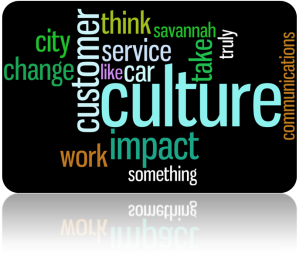
How do you evaluate yourself? Too often in my work life (and sometimes, personal life), I’ve tended to evaluate myself based on what I’ve “Done.” I completed that project. I responded to those calls quickly. I sent that analysis out on time. I gave a speech to “X” number of people.
There are two issues with evaluating yourself in this manner. First – and it’s obvious – there’s a lot of “I” involved in those statements. They’re focused on self. Second, focusing on what you’ve “Done” focuses almost purely on production. It makes your evaluation all about the widgets you produced.
We need to evaluate ourselves to confirm we’re on the right path and identify where we need to improve, but we must do the evaluation the right way.
Base your evaluation on “Accomplishments.” This is different. First, in the world of customer service, your Accomplishments are the success you enable for others. By definition, customer service says that you’re serving the customer (or client, partner, stakeholder, fan, patient, account – whatever term you choose). Evaluating our success based on the impact we have on others forces us to KNOW THE IMPACT we have on others.
Second, it forces us to focus more on the quality of what we do, how we do it, and the outcomes we provide than on the task itself. You enable them to “enjoy a product,” to “relieve stress,” to have a “better quality of life,” to become “more successful.” Accomplishments are more outcomes-driven than the “Done” mentality of a focus on tasks.
When you evaluate whether you’re great at customer service, first think about your customers and the outcomes they desire. What are their goals, needs, and wants? Then think about whether you impact their desired outcomes.
When evaluating yourself, focus on what you Accomplish for others.
Signup for FREE Tips! Contact Us More Resources for You Visit Our Home Page























